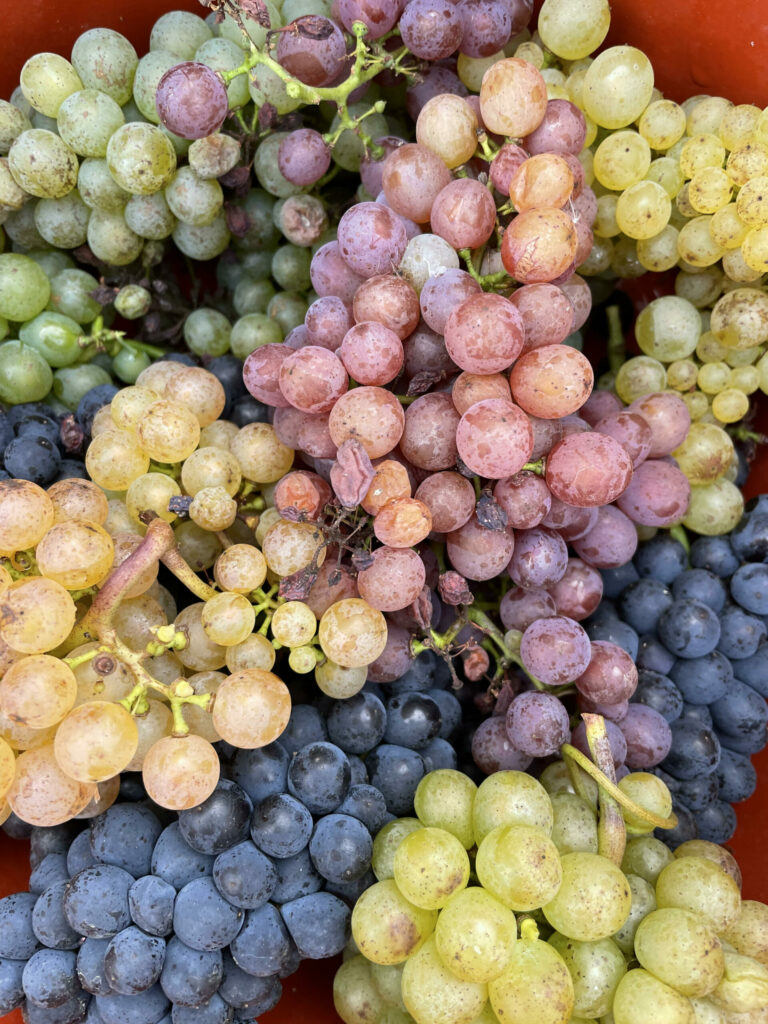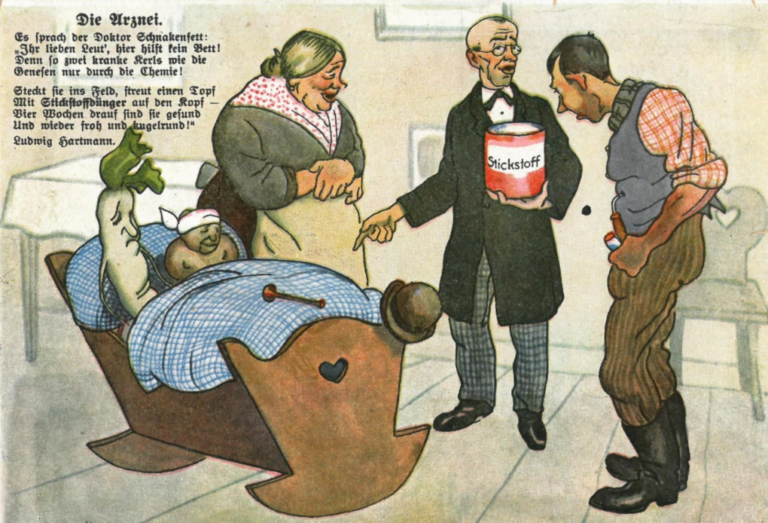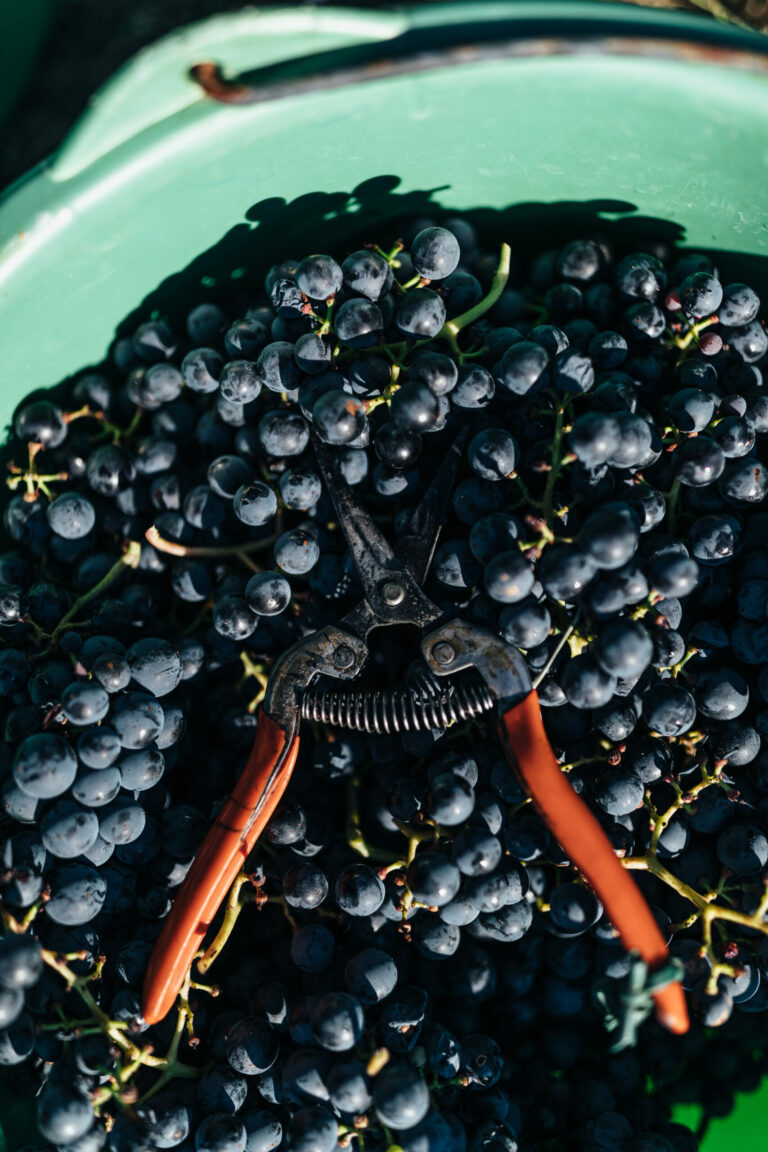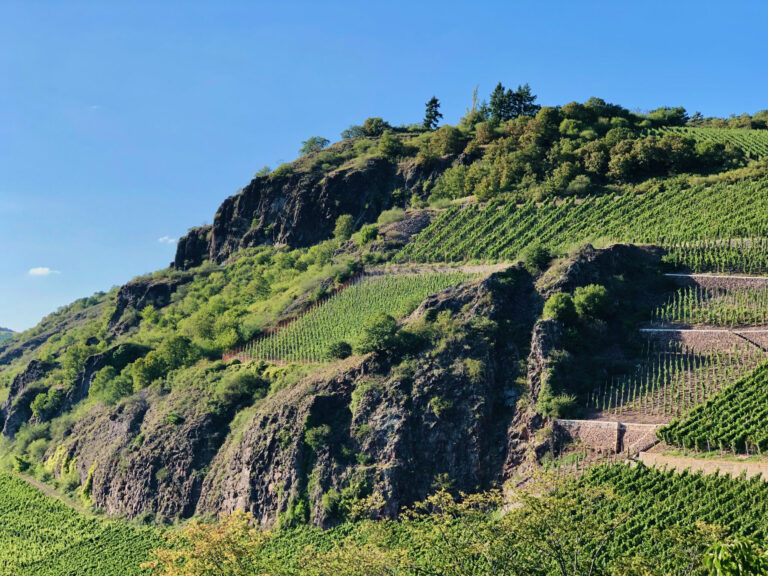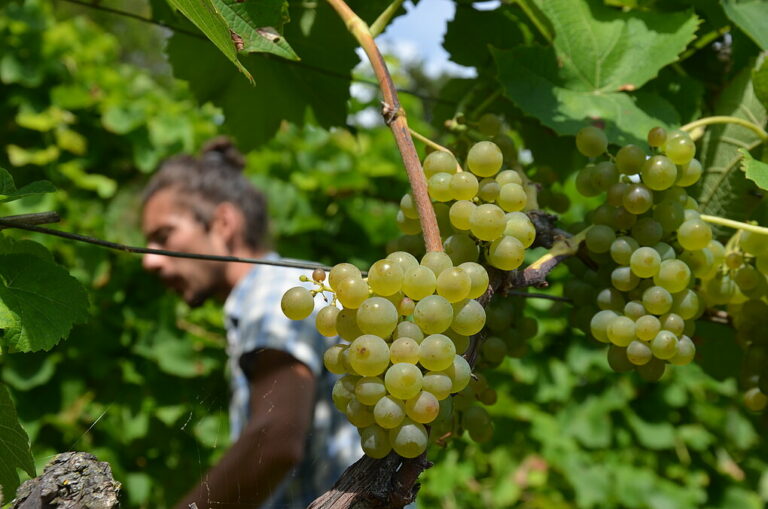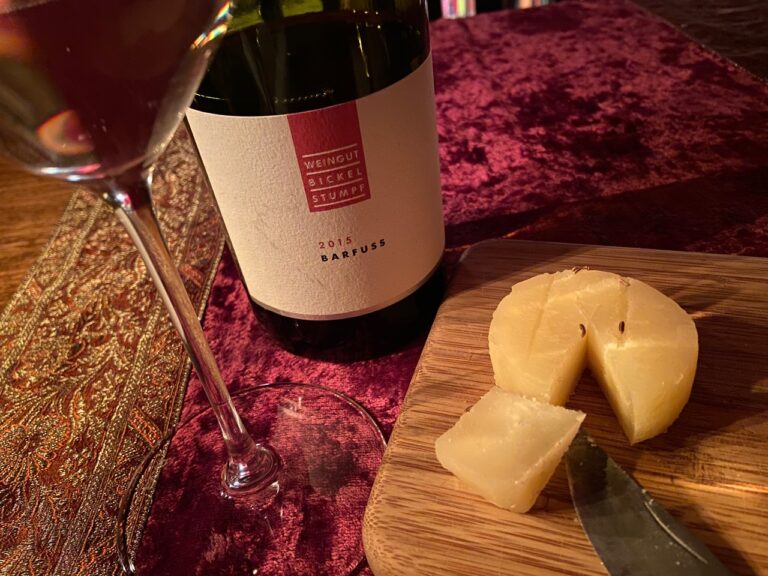Winners and Losers of the Revised German Wine Law

Roughly once a generation, the German government pops the hood on the country’s wine law for a tune up. 2021 is one such year, with a new set of revisions taking effect in early May. On the surface, the changes appear more incremental than revolutionary. Yet controversy has followed as various stakeholders realize that some new wrinkles may have unexpectedly far-reaching consequences. So let’s pour ourselves a glass of dry wine (law) and savor some juicy power dynamics. Here are the early winners and losers of the 2021 German Wine Act. Winner: The VDP’S Long Game You can’t say the…

